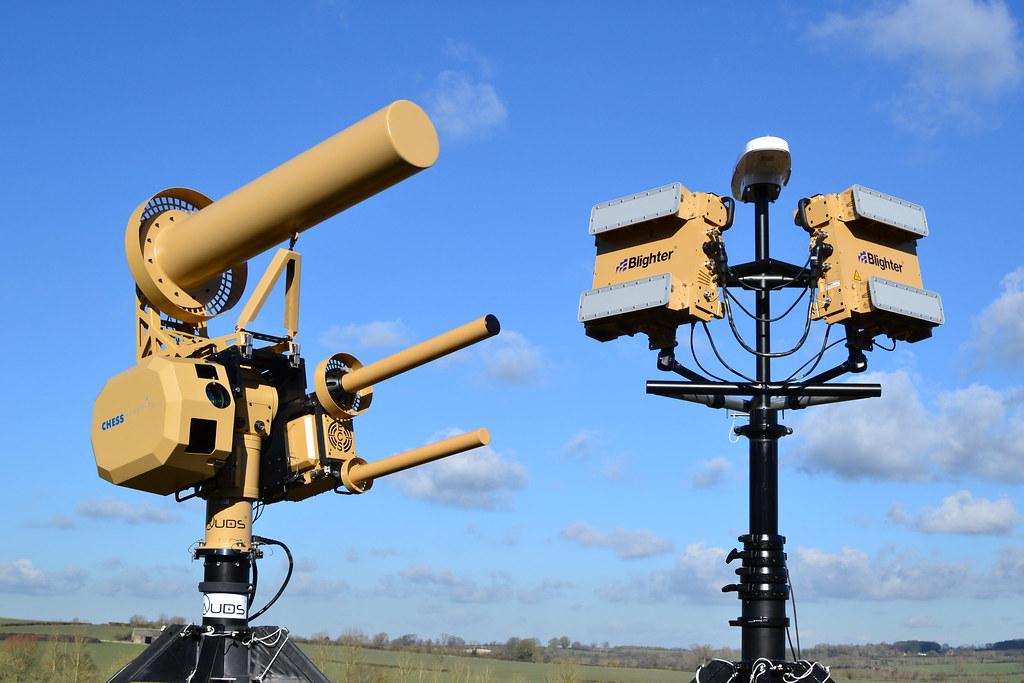The surge in drone usage for commercial, recreational, and military applications has brought unprecedented benefits but also significant security challenges. Unauthorized drone activities pose risks to critical infrastructure, airports, military bases, and public events, driving rapid innovation in Anti-Drone technologies. These systems combine detection, tracking, and neutralization capabilities to safeguard airspace and mitigate emerging threats in an ever more crowded sky.
According to Straits Research, “The global anti-drone market size was valued at USD 5.84 billion in 2024 and is expected to grow from USD 7.4 billion in 2025 to reach USD 49.11 billion by 2033, growing at a CAGR of 26.7% during the forecast period.” This explosive growth embodies rising security investments, regulatory responses, and technological breakthroughs that are redefining airspace defense across the globe.
Key Industry Trends and Innovations
-
Multi-Layered Defense Architectures: Leading systems deploy integrated sensor arrays—including radar, RF, acoustic, and optical—to detect, classify, and track drones in complex environments. Countermeasures span jamming, spoofing, high-energy lasers, and kinetic interception for a layered defense approach, enhancing efficacy while minimizing collateral risks.
-
Artificial Intelligence and Autonomous Response: AI-powered detection and classification algorithms shorten response times, reducing false alarms. Autonomous counter-drone systems execute real-time neutralization without human lag, critical for rapid threat mitigation during dynamic scenarios.
-
Portable and Scalable Solutions: Modular air defense units range from handheld detectors for tactical use to large-scale installations protecting airports and urban centers. This flexibility addresses diverse security needs, from border protection to event security.
-
Regulatory and Ethical Alignment: Governments worldwide are codifying regulations guiding drone flights and countermeasure deployments. Ethical considerations ensure non-lethal responses and privacy protections, fostering public trust and compliance.
Leading Players Driving Market Growth
-
Lockheed Martin (USA): Offers comprehensive counter-UAS solutions integrating AI detection, radar tracking, and directed energy weapons. Its “Thistle” system exemplifies advanced modular design for layered airspace defense.
-
Raytheon Technologies RTX (USA): Specializes in electronic warfare and jamming technologies, recently enhancing C-UAS capabilities with machine learning for adaptive threat response.
-
Thales Group (France): Provides multi-sensor detection and countermeasure platforms, focusing on defense integration and interoperability with existing military air defense systems.
-
Israel Aerospace Industries (Israel): Innovates in drone detection radar and electro-optical tracking, recently launching AI-driven drone neutralizers in collaboration with major defense clients.
-
QinetiQ (UK): Known for electronic warfare systems, QinetiQ advances modular anti-drone tech with enhanced detection accuracy and remote operational capabilities.
-
DroneShield (Australia): Focuses on portable drone detection and jamming, expanding product lines with AI threat classification tailored for commercial and government customers.
-
Emerging Indian startups: Throttle Aerospace, Alpha Design Technologies, and Adani Defence among others build indigenous counter-drone platforms, emphasizing affordable, scalable solutions for regional security needs.
Regional Insights and Developments
-
North America: The U.S. leads investment driven by military modernization and critical infrastructure protection mandates. Collaborative R&D with government agencies accelerates C-UAS innovation.
-
Europe: Increasing border and public event security concerns motivate multi-national defense cooperation and AI ethics regulatory alignment.
-
Asia-Pacific: China and India aggressively expand indigenous anti-drone capabilities amid rising drone proliferation and geopolitical challenges.
-
Middle East and Latin America: Growing attention to drone threats prompts procurement of portable and integrated C-UAS solutions, often via partnerships with established global players.
Recent News Highlights
-
August 2025: Lockheed Martin unveiled the “Thistle” modular C-UAS system combining AI, radar, and laser effects.
-
July 2025: DroneShield secured a multi-million contract with a European utility company to safeguard critical infrastructure.
-
June 2025: Raytheon RTX expanded its AI algorithm suite to counter stealth drones, tested successfully in recent military exercises.
-
May 2025: Throttle Aerospace launched “Defender”, an AI-driven drone jammer gaining traction among Indian defense agencies.
Challenges and Outlook
Despite rapid technological progress, anti-drone technologies face hurdles including evolving drone evasive tactics, spectrum management complexities, and regulatory uncertainties. Sustained innovation and international cooperation remain vital as the threat landscape intensifies. Over the next decade, AI-enabled autonomous counter-drone systems will anchor aerospace and public safety defense strategies on a global scale.



